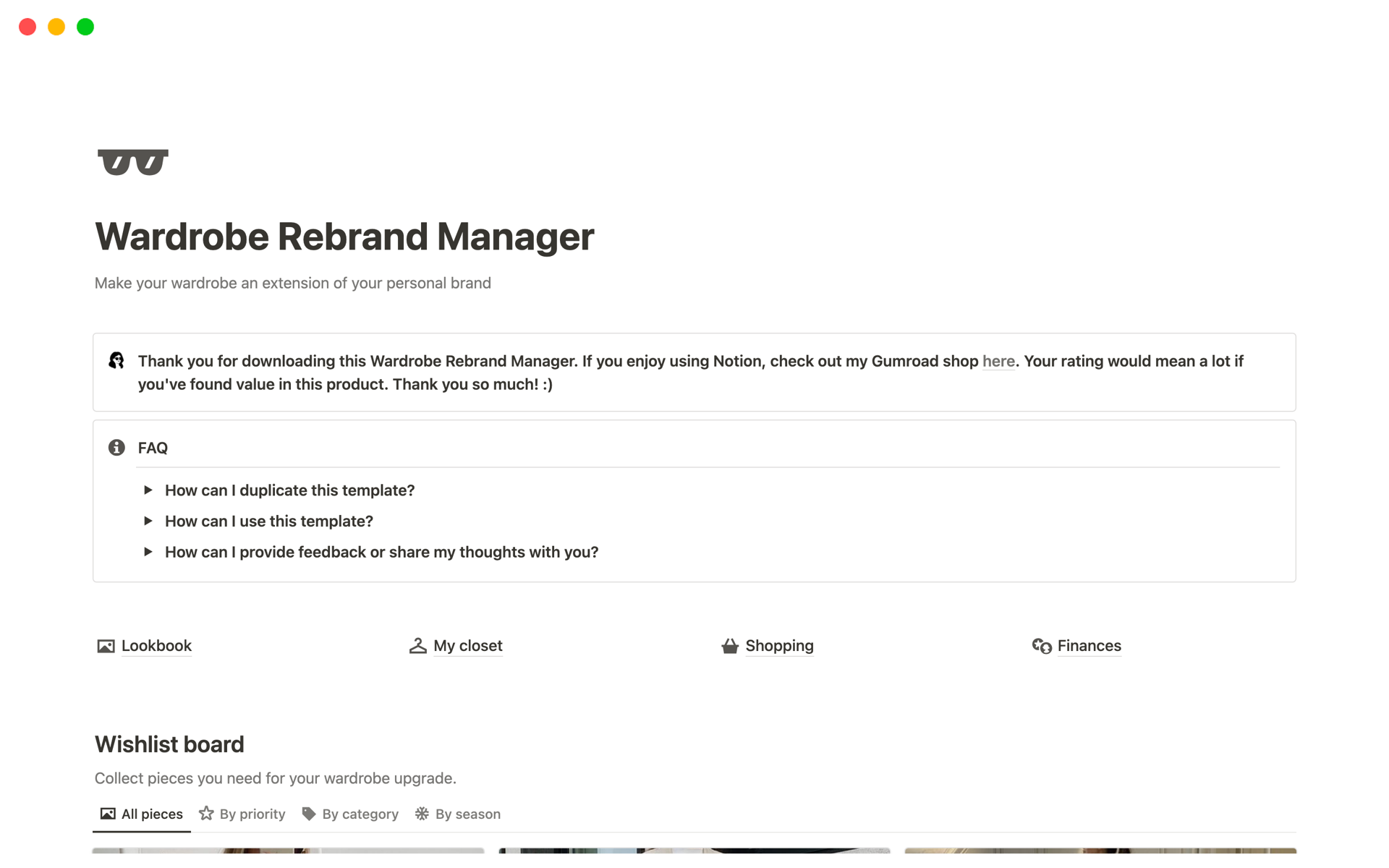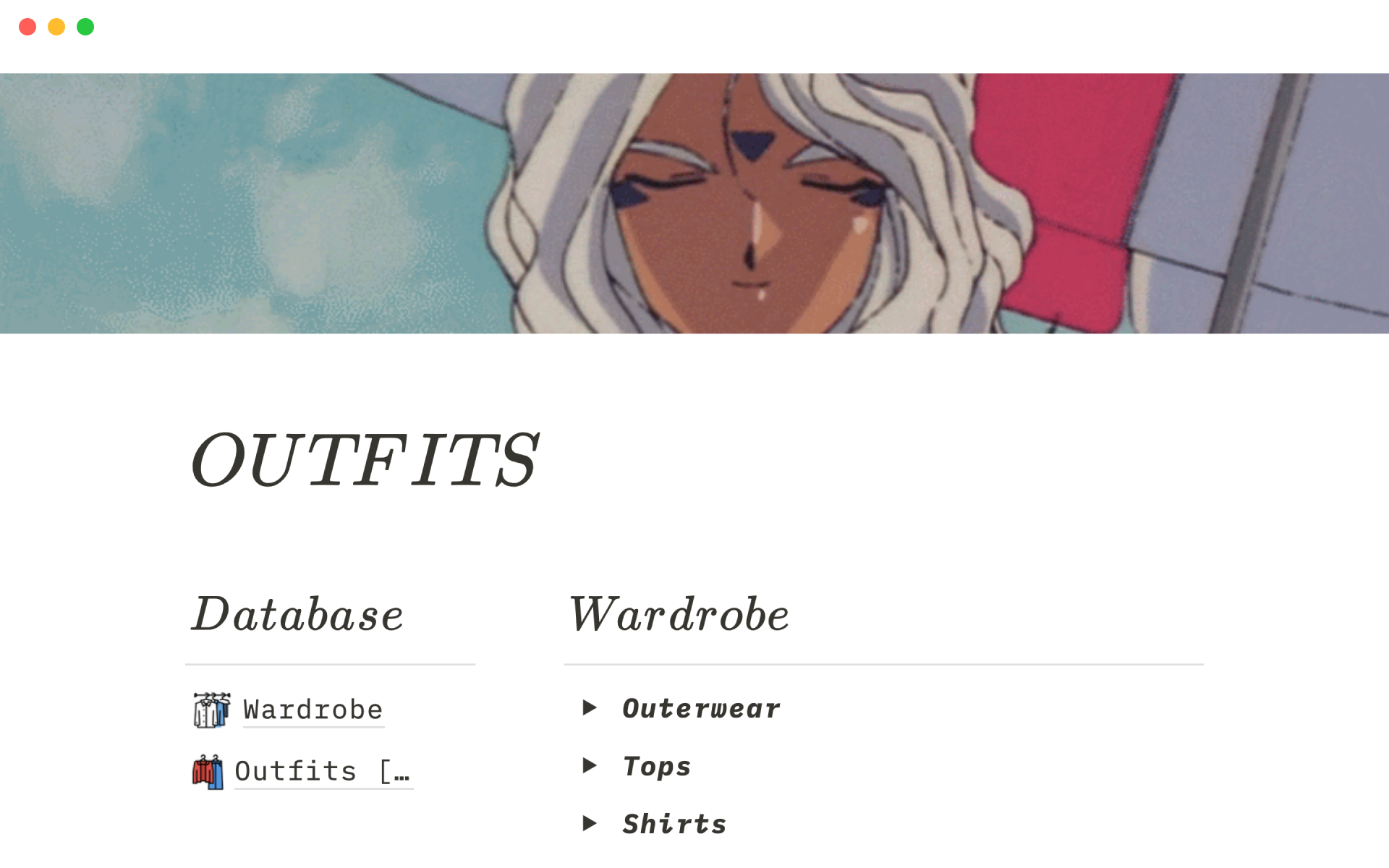Main features:
- virtual collection;
- cherry leaf;
- automatic counting of all pairs in a convenient currency ($,€, ₸, ¥, ₽);
- automatic counting of all pairs by different categories, models, statuses;
- to do list;
- convenient button for adding a pair.
Views:
1. General view in the form of a gallery.
2. Vish sheet+ rotation - representation in the form of a kanban board by status:
- I want to buy;
- he's coming;
- in the collection.
3. Representation by models - representation in the form of a kanban board by model:
- Nike Air Force 1;
- Nike Air Humara;
- Nike Air Jordan 1 Low.
The most popular models have already been added to this template, but you can also add new ones.
4. All sneakers - a table view of all pairs in the collection (you can also remove the filter, and the table will show a list of all pairs in the database).
5. A separate presentation of the cherry leaf - only those pairs that you plan to purchase in the collection are collected here.
6. A separate rotation view - only those pairs that are already in the collection are collected here.
Optionally, you can delete any view and select only the one that is most convenient.
What can I add to the couple's card?
- image of a couple;
- link:
- style code;
- release date;
- date of purchase:
- retail cost;
- the cost for which it was possible to order a pair;
- tags by model;
- status.
Optionally, you can remove/change the properties.
You can also change all the photos, covers, emojis and icons.
In order to quickly and conveniently add a pair to the database, you need to click the "add a pair" button so as not to search for the desired view and status.
When you click on the button, a card will open where you can fill in all the necessary information and select the desired status.
Some template values are presented in Russian, if you need a template completely in English, please email me iggy.sweet05@gmail.com












